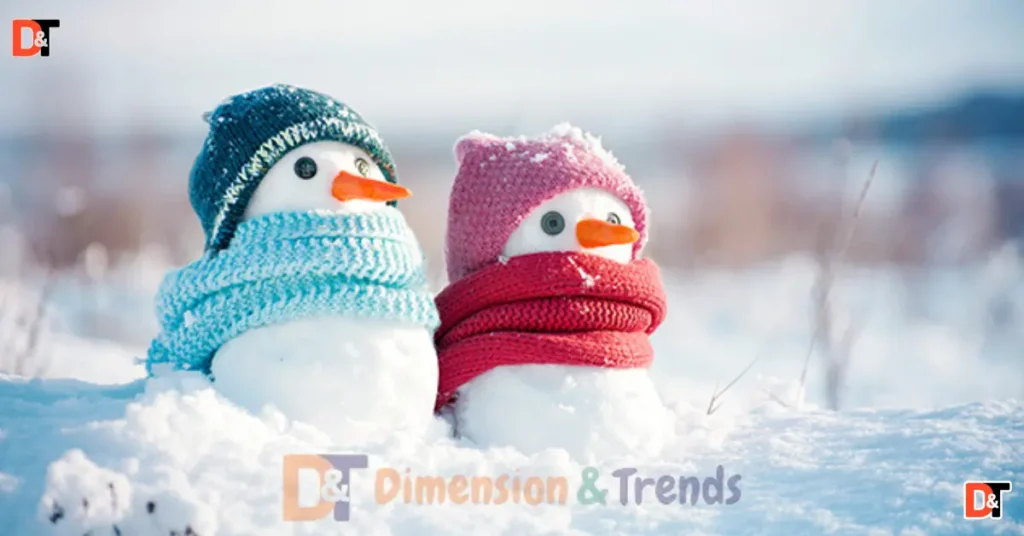As a major winter storm moves across the central United States, residents need to brace for a mix of snow, freezing rain, and bitter cold. This severe storm is set to impact a broad swath of the country, bringing heavy snow to the Central Plains and beyond. Blizzard conditions may develop, and freezing rain will likely create dangerous ice accumulation.
The polar vortex will introduce frigid temperatures, affecting areas as far south as Florida. Understanding the weather forecast and preparing for these weather extremes is crucial to stay safe during this intense weather event. Stay informed and take necessary precautions to protect yourself and your community.
Major winter storm sets up
A major winter storm is gearing up to impact much of the central United States. This severe storm is expected to bring a variety of winter weather conditions, including snowstorm, ice storm, and frigid temperatures. The weather forecast indicates that the storm will first develop over the Great Plains and then move eastward, affecting a broad swath of the country. The intensity and scope of this weather event are significant and residents in the affected areas should prepare for the weather extremes that are anticipated.
According to weather reports, the temperature outlook shows a drastic drop in temperatures across the Midwest and central regions. This forecasted weather suggests that the combination of polar vortex and Arctic blast will lead to blizzard conditions in some regions. While freezing rain will pose a threat in others. Understanding the specifics of how this weather event will unfold can help individuals and communities stay safe and informed.
Snow to fall throughout the Central Plains and move east
As the major winter storm progresses, heavy snow is expected to fall throughout the Central Plains and then move eastward. The snow accumulation in these areas could be substantial, with snowfall amounts ranging from several inches to over a foot in some locations. This snowstorm will significantly impact travel, making road conditions hazardous and potentially causing flight cancellations and delays.
Residents in the Midwest and central U.S. should be prepared for snow showers that could lead to blizzard conditions in certain areas. The combination of strong winds and heavy snow will reduce visibility, creating dangerous whiteout conditions. Ensuring vehicles are winter-ready and having an emergency kit on hand is essential for anyone who must travel during this severe storm.
| Region | Expected Snowfall |
| Central Plains | 6-12 inches |
| Eastern US | 4-8 inches |
| Midwest | 3-6 inches |
Blizzard conditions possible
Blizzard conditions are a serious concern during this major winter storm. A blizzard warning means that heavy snow and strong wind gusts will create whiteout conditions, making travel extremely dangerous. These severe weather conditions are expected to impact the northern regions most significantly, where the snowstorm will be at its peak intensity.
In blizzard conditions, it’s crucial to stay indoors and avoid travel if possible. Frostbite risk increases with wind chills and prolonged exposure to the extreme cold can lead to severe health issues. Stocking up on essentials, such as food, water, and medical supplies is advised for those in the storm’s path. Additionally, ensuring that heating systems are functioning properly and having alternative heat sources can help keep homes warm and safe.
Freezing rain expected from eastern Kansas to the Ozarks
Another significant threat from this major winter storm is freezing rain. Expected from eastern Kansas to the Ozarks, freezing rain can create a glaze of ice on roads, power lines, and trees, leading to hazardous conditions. Ice accumulation from this ice storm can cause widespread power outages and make travel nearly impossible.
Freezing drizzle and sleet add to the dangers, making surfaces slippery and increasing the risk of accidents. Residents in affected areas should avoid driving if possible and stay informed about road conditions. Ensuring that walkways and driveways are treated with salt or sand can help reduce the risk of falls and injuries. Having a plan in place for power outages, including backup generators and alternative heating sources, can help mitigate the impact of this winter weather.
Frigid air from the Arctic to blast areas as far south as Florida
This major winter storm will also bring frigid air from the Arctic, impacting areas as far south as Florida. The polar vortex will result in frigid temperatures, with the cold front causing extreme cold conditions across the central United States and beyond. The Arctic blast will bring bitter cold and chill to regions unaccustomed to such low temperatures.
The cold temperatures can pose serious health risks, including hypothermia and frostbite. It is important to dress in layers and keep exposed skin covered when venturing outdoors. Ensuring that homes are well-insulated and heating systems are functioning properly can help maintain warmth. Checking on vulnerable individuals, such as the older people and those with medical conditions, is crucial during this period of unusual weather.
Weather may be triggered by a fast-warming Arctic
The connection between the fast-warming Arctic and weather extremes in the US is becoming increasingly evident. Climate change and global warming are contributing to the warming Arctic. Which in turn affects the polar vortex and leads to extreme weather events. Scientists suggest that the polar region heating disrupts normal weather patterns. Causing more frequent and severe winter weather in the US.
This warming Arctic has long-term implications for the central U.S. and beyond. As the Arctic temperature rise continues, it is likely that we will see more severe storms, including snowstorms, ice storms, and frigid temperatures. Understanding the science behind these changes can help us in freezing rain and bitter cold better prepare for future weather events and take action to mitigate the impacts of climate change.
Conclusion
The major winter storm expected to hit the central United States and move eastward will bring a mix of heavy snow, freezing rain, and frigid temperatures. Blizzard conditions are possible in northern regions, while freezing rain poses a significant threat in areas like eastern Kansas to the Ozarks. The polar vortex will bring Arctic air as far south as Florida, causing extreme cold conditions.
This weather event is influenced by the fast-warming Arctic and highlights the connection between climate change and weather extremes. Staying informed and prepared is key to staying safe during this severe storm. Stay updated with freezing rain and bitter cold and the latest weather reports. Take necessary precautions to protect yourself and your loved ones.
For more information and updates, check out the National Weather Service and your local weather forecast.

James Anderson is a seasoned blogger and a key contributor to Dimensions and Trends. With years of experience in crafting engaging and insightful content, James specializes in delivering well-researched articles about dimensions, trending news, and technology. His expertise ensures that readers receive valuable, accurate, and up-to-date information tailored to their interests.







